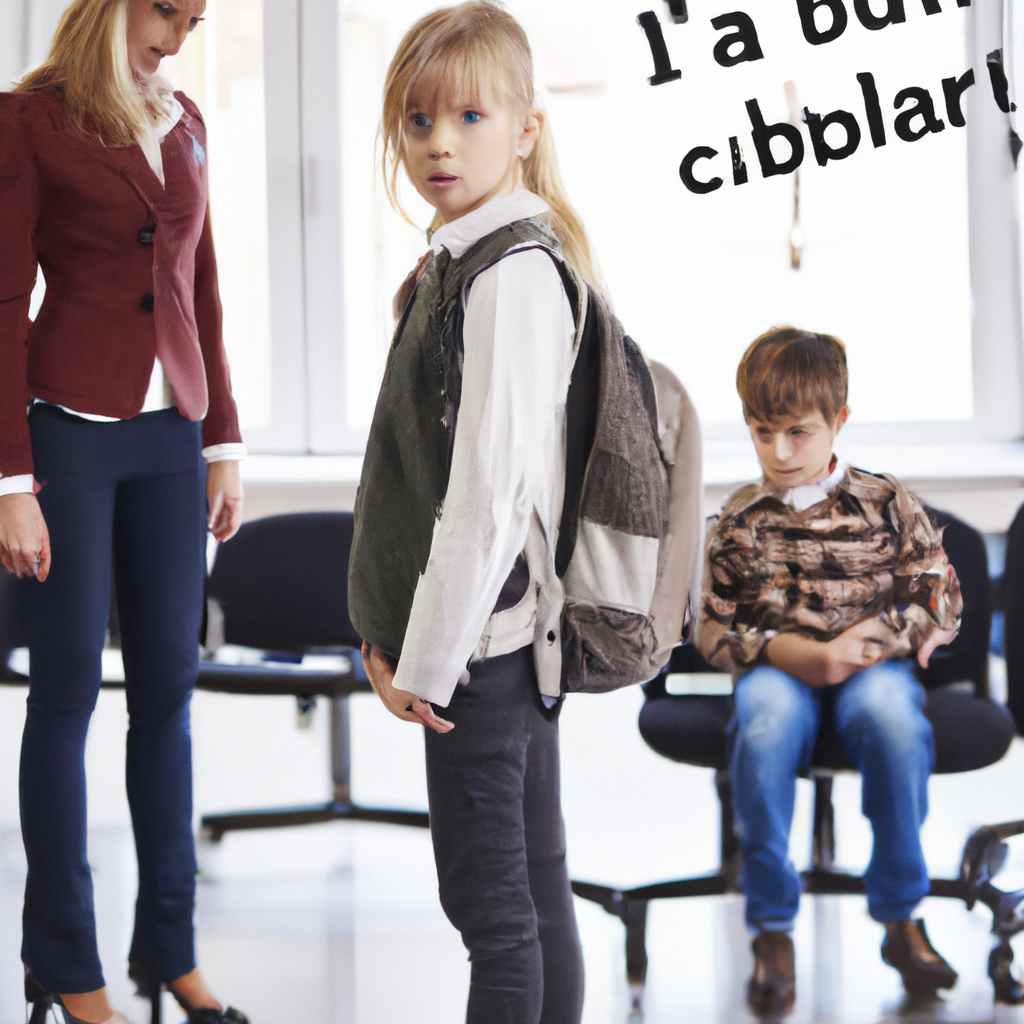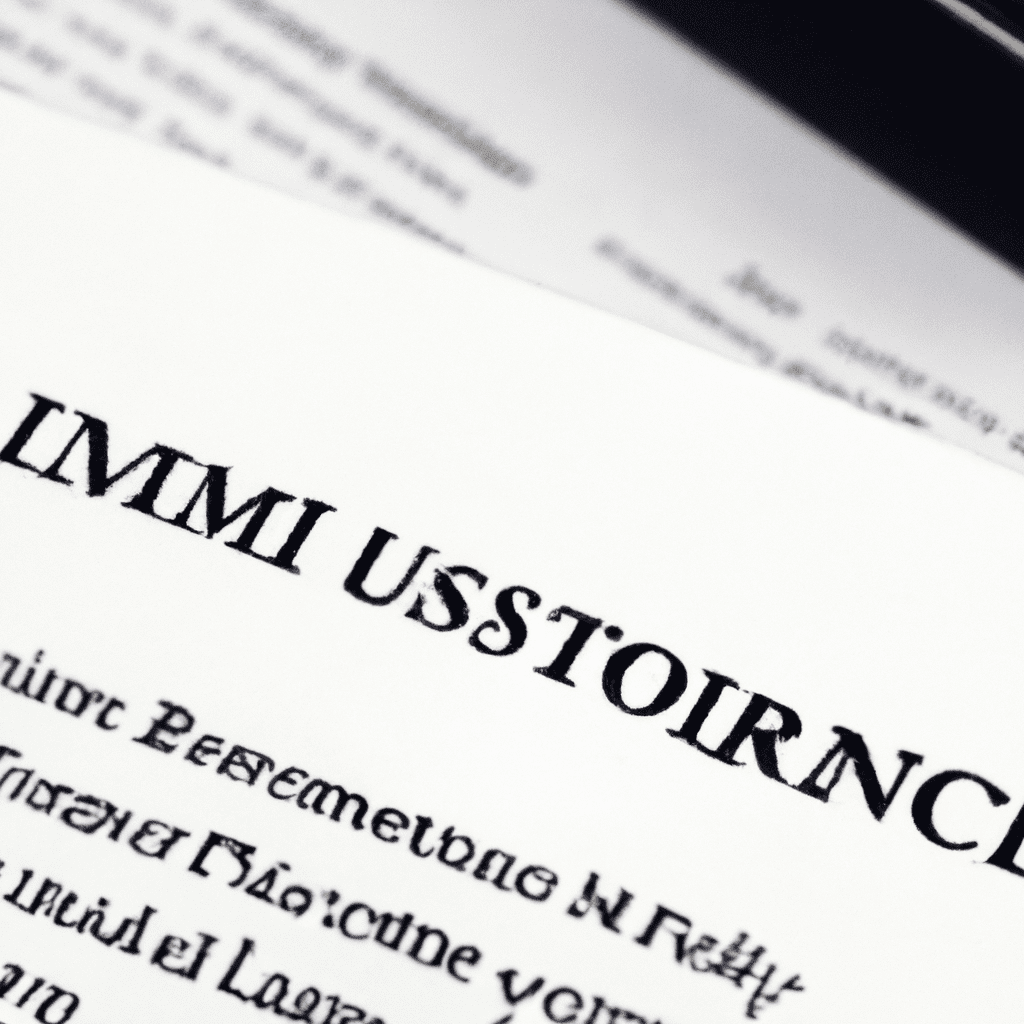Parents become concerned when their children are injured while in school. The question of who is responsible for injuries that occur while in school is something that is weighed heavily by parents, schools, and legal experts. [[1](https://www.terrybryant.com/who-is-responsible-child-injured-school)] [[2](https://www.ncbi.nlm.nih.gov/books/NBK310649/)] [[3](https://www.lawyers.com/legal-info/research/education-law/whos-responsible-when-your-childs-at-school.html)] While determining who is responsible when a child gets injured at school is a complicated scenario that is typically surrounded by legal and moral complexities, it is important to consider the various factors and potential responsibilities that surround such unfortunate incidents. In this article, we will explore who is typically responsible when a child gets injured at school.
Table of Contents
- 1. What is the Liability of an Adult in the Event of Injury to a Child?
- 2. Understanding the Role of a Teacher When Injury Occurs
- 3. Navigating an Injury Claim Between Kids
- 4. Creating Equitable Learning Environments for Young Boys of Color [[1](https://www.cde.ca.gov/sp/cd/re/documents/boysofcolor.pdf)]
- Q&A
1. What is the Liability of an Adult in the Event of Injury to a Child?
Target Audience: General.
- Legal Liability of an Adult – Whenever an adult has a legal responsibility for a child in their care, they may be held liable for their actions. This includes physical and psychological, but also applies to negligence and failure to restrain potential risks. [1]
The legal responsibility might be explicit, in the form of parent-child or guardian-ward relationships. Even so, some people can incur parental responsibility due to their relationship with the child, such as teachers, coaches, nannies, or other people who the child spends significant time with.
In the event of an injury, if a legal case is raised, the adult in question may have multiple issues to deal with. Usually, the court will evaluate the extent of injury, negligence of the adult, the number of people responsible, the degree of willfulness by the adult, the motive of action, and the involvement of third-party organizations. [2] The court may also consider the civil liability of the adult, which speaks to the extent of the responsibility that the adult must take for their actions. [3]

2. Understanding the Role of a Teacher When Injury Occurs
When a teacher suffers from an injury, their responsibility to their job continues even when they are not in the physical classroom. A few examples of the ways teachers can handle such an injury are as follows:
[[1](https://www.writeexpress.com/getwel04.html)]:
- They may hold office hours online via video conference.
- They may digitally post lectures, assignments, and reading materials online for students.
- They encourage students to ask questions to any colleagues in the same department as them.
Students can lend their support to a teacher recovering from an injury in a few ways. [[2](https://www.mdreducation.com/pdfs/111110_Webinar_Q&A_JobTitles.pdf)]:
- Reach out to the teacher with get-well messages, showing compassion.
- Remind the teacher of available resources at the school or department.
- Check in with peers about their progress on assignments and lectures.
As a teacher, having a solid understanding of the job responsibilities even when an unexpected injury occurs is a critical part of a successful educational career. Moreover, a healthy working relationship between teacher and student is key, especially when teacher absences might occur due to an injury. [[3](https://teaching.uwo.ca/awardsdossiers/teachingphilosophy.html)]
Different expectations of the teacher can be based on their situation, as what is expected of a teacher in an optimal learning environment might change when the teacher is injured. Collaborating with the students to accommodate their needs and creating a plan to work towards a common goal during certain periods of absence are ideal. Hopefully, teaching is a profession where understanding for both students and teachers comes across, and an injured teacher can still manage to make a positive impact despite their physical or mental limitations.
3. Navigating an Injury Claim Between Kids
If a minor has been injured and someone needs to navigate an injury claim between them and another party, it’s important to understand the parameters of the situation and any rights associated with the claim.
Lawsuits and Statute of Limitation
When it comes to filing a claim, minors and parents should know their state’s statute of limitations—the time frame in which a lawsuit must be filed. [[1](https://www.courts.ca.gov/9618.htm?rdeLocaleAttr=en)] This differs by state and by type of claim, so it’s wise to research your state’s laws before you begin the process. Generally, the statute of limitations for injury claims is two to three years, but always double check with the jurisdiction’s law.
Documentation and Evidence
Minor injury claimants are likely to need more time to document their claim and the damages. [[2](https://web.mit.edu/~ecprice/Public/wordlist.ranked)], [[3](https://huggingface.co/helboukkouri/character-bert/resolve/main/mlm_vocab.txt)]. For a successful claim, it’s important to have evidence of the injury, any expenses related to the injury, and other documents related to the incident that caused the injury. Gathering these documents is the first step to filing an injury claim.
At the same time, it’s important to keep in mind that minors tend to have a lower limit for claims than adults. So once the evidence is gathered and documented, research should begin into how much the minor can actually claim in damages. Knowing this amount in advance will help determine if a settlement is possible or if a lawsuit is the next step.
4. Creating Equitable Learning Environments for Young Boys of Color [[1](https://www.cde.ca.gov/sp/cd/re/documents/boysofcolor.pdf)]
Inclusion
When creating equitable learning environments for young boys of color, one of the most important things to focus on is inclusion. A positive classroom environment should provide students with equal access to teachers and a sense of acceptance and belonging. Acknowledge your classroom diversity and engage with family members to understand the individual needs of each student. This can be done through regular family meetings and bringing in guest speakers to connect youth to their cultural heritage. [[2](https://content.acsa.org/creating-equitable-early-learning-environments-for-young-boys-of-color-disrupting-disproportionate-outcomes/)].
- Initiate meaningful conversations around the diversity in the classroom
- Invite family members to share their experiences and cultures
- Invite guest speakers from a variety of cultural backgrounds to connect the youth to their own culture
- Incorporate relevant cultural materials into the classroom
- Provide open-ended activities to encourage students to express their unique perspectives
Equity
Ensuring equitable learning environments means understanding the unique experiences of young boys of color and providing them with the resources and supports they need. When addressing issues around equity, it is important to develop curriculum and instruction that is culturally relevant and foster inclusive practices. [[3](https://www.naeyc.org/resources/pubs/tyc/apr2019/strategies-culturally-responsive-classroom)].
- Foster critical thinking and self-reflection in the classroom
- Value and honor the unique experiences of young boys of color
- Create spaces for meaningful dialogue and discussion
- Ensure that curriculum and instruction is culturally relevant and addresses issues of equity
- Provide positive reinforcement and recognize the strengths of young boys of color
Q&A
Q: Who is responsible if your child gets injured at school?
A: Responsibility for any injury your child sustains at school lies with the school or its faculty; depending on the circumstances leading up to the accident. In this situation, it is important to prioritize your child’s treatment and examine potential claims that can be made by [[1](https://expresslegalfunding.com/what-child-injured-school/) researching the situation. Ultimately, school staff including teachers, administrators and other faculty are responsible for the safety of students, and any injuries your child sustains due to negligence can lead to liability for the school and/or its staff.
An accident at school is a common fear for many parents. Staying aware of who is responsible for your child’s safety at school can be a difficult task. [[1](https://bemoacademicconsulting.com/blog/personal-statement-medical-school-example)] [[2](https://www.nova.edu/studentfeeacct/forms/travel_release_under18.pdf)] [[3](https://www.collegeessayguy.com/blog/scholarship-essay-examples)] It’s important to understand the extent of the liability of the school and other parties involved, as well as any rules and regulations that apply to the situation. Though we can never fully guarantee our loved ones’ safety, being aware of who is responsible in case of an accident can help ease some of the burden. It goes without saying that no parent wants their child to experience any sort of injury, but being mindful of the safety precautions in place can help provide them with additional security. oklahoma personal injury lawyer
personal injury lawyer oklahoma




